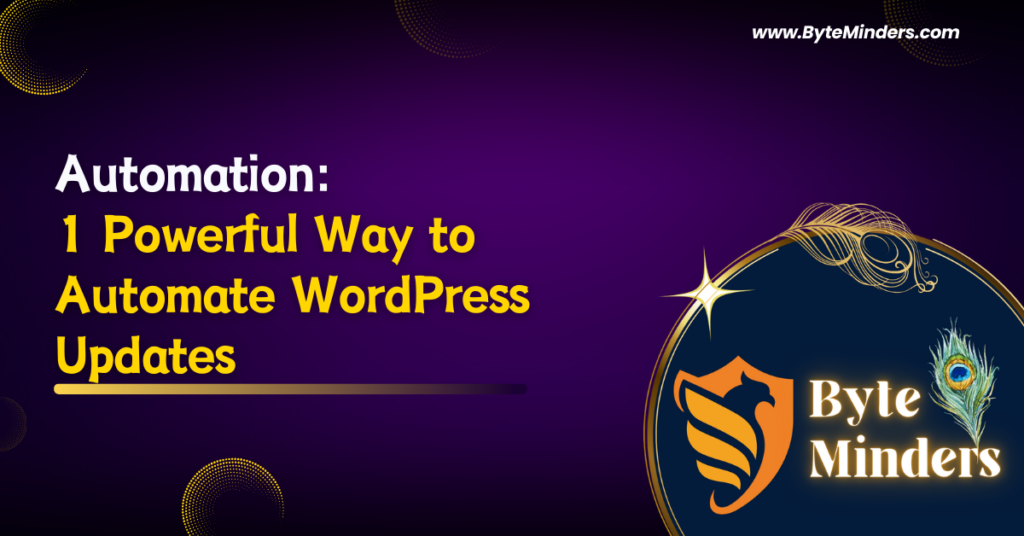
JavaScript Libraries Every Pro Uses: 14 Best Picks for 2025
Web development has changed a lot over the years. Earlier, developers had to write everything from scratch. But today, thanks to powerful JavaScript Libraries, we can build modern web applications faster and easier. These JavaScript Libraries provide pre-written code that saves time and effort. In this blog post, we will look at 14 must-know JavaScript Libraries that will speed up your web development. Whether you’re working on frontend or backend, these libraries will help you write clean, efficient, and high-performance code. Let’s explore each of them in detail. What Are JavaScript Libraries? Before we jump into the list, let’s understand what JavaScript Libraries are. A JavaScript Library is a collection of functions, objects, and methods that simplify coding tasks. These libraries help with tasks like DOM manipulation, animation, form validation, AJAX calls, and much more. Instead of writing long pieces of code, you can use a JavaScript Library to perform the same task in just a few lines. This not only saves time but also makes your code more maintainable. Now let’s look at the top JavaScript Libraries you should start using today. 1. React.js React is one of the most popular JavaScript Libraries for building user interfaces. Developed by Facebook, it allows developers to create reusable UI components. Why React? Fast rendering with virtual DOM Reusable components Large community support Great for Single Page Applications (SPA) React makes web development faster because you can break your app into small, independent components. 2. jQuery jQuery is a fast and lightweight JavaScript Library that simplifies HTML document traversal, event handling, and animation. Why jQuery? Easy to learn Cross-browser compatibility Lots of plugins available Simplifies AJAX and DOM manipulation Even though modern frameworks are popular, jQuery is still used in many projects due to its simplicity. 3. Lodash Lodash is a powerful JavaScript Library that helps you work with arrays, numbers, objects, and strings. Why Lodash? Clean and efficient code Reduces boilerplate code Offers functions like clone, merge, debounce, etc. Lodash improves code readability and helps in functional programming. 4. D3.js D3.js stands for Data-Driven Documents. It is a JavaScript Library used to create interactive and dynamic data visualizations in the browser. Why D3.js? Makes complex visualizations easy Great for dashboards and charts Works with HTML, SVG, and CSS If your project involves charts or graphs, D3.js is a must-have JavaScript Library. 5. Moment.js Moment.js is a JavaScript Library for parsing, validating, and formatting dates and times. Why Moment.js? Handles date manipulation easily Supports multiple languages Great for time zones and durations Though Moment.js is in maintenance mode now, it’s still widely used in many applications. 6. Chart.js Chart.js is one of the most beginner-friendly JavaScript Libraries for creating responsive and beautiful charts. Why Chart.js? Easy integration Lots of chart types (bar, line, pie, radar, etc.) Fully responsive You can visualize your data in minutes using Chart.js, which makes it a favorite among developers. 7. Anime.js Anime.js is a lightweight JavaScript Library that helps you create smooth animations in your web applications. Why Anime.js? Works with CSS, SVG, and DOM Simple API Supports timelines and keyframes Anime.js is great for making your website more interactive and engaging. 8. Axios Axios is a promise-based JavaScript Library used to make HTTP requests from browsers or Node.js. Why Axios? Easy to use Supports async/await Intercepts requests and responses Works with JSON data If your app uses APIs, Axios makes data fetching a breeze. 9. Three.js Three.js is a JavaScript Library for creating 3D graphics in the browser using WebGL. Why Three.js? Create 3D models and animations Wide support for shapes, lights, and shadows Ideal for games and visual effects For any project involving 3D content, Three.js is the go-to JavaScript Library. 10. Redux Redux is a JavaScript Library for managing application state. It is often used with React but can be used with other frameworks too. Why Redux? Centralized state management Predictable state updates Debugging tools For larger applications, Redux helps manage and track state effectively. 11. Next.js Next.js is a powerful JavaScript Library built on top of React. It offers server-side rendering and static site generation. Why Next.js? SEO-friendly Fast page loading Easy routing system Next.js takes React development to the next level by improving performance and scalability. 12. GSAP (GreenSock Animation Platform) GSAP is a high-performance JavaScript Library for animations. Why GSAP? Professional-grade animations Supports complex timelines Great performance on all devices GSAP is widely used in creative web projects, banners, and product showcases. 13. Vue.js Vue.js is a progressive JavaScript Library for building user interfaces. Why Vue.js? Simple learning curve Flexible integration Component-based structure Vue.js is great for small to medium-scale applications and is gaining popularity every year. 14. Underscore.js Underscore.js is a utility-first JavaScript Library that offers helpful functions for manipulating arrays, objects, and functions. Why Underscore.js? Lightweight and fast Clear syntax Useful in functional programming Though Lodash is more popular now, Underscore is still relevant in many legacy projects. How to Choose the Right JavaScript Library? With so many JavaScript Libraries available, choosing the right one can be tricky. Here are a few tips: Check the Documentation – Good documentation means easier learning. Community Support – Libraries with active communities are more reliable. Project Needs – Choose the library that fits your project requirements. Performance – Pick lightweight libraries for faster loading. Final Thoughts Using the right JavaScript Libraries can save you hundreds of hours of coding. These 14 libraries are tried and tested by developers around the world. Whether you are creating a small website or a large-scale web app, these JavaScript Libraries will help you build faster, cleaner, and better applications. By including these tools in your web development workflow, you’ll boost your productivity and deliver high-quality projects faster. So, start exploring these JavaScript Libraries today and see the difference they make in your development journey!









